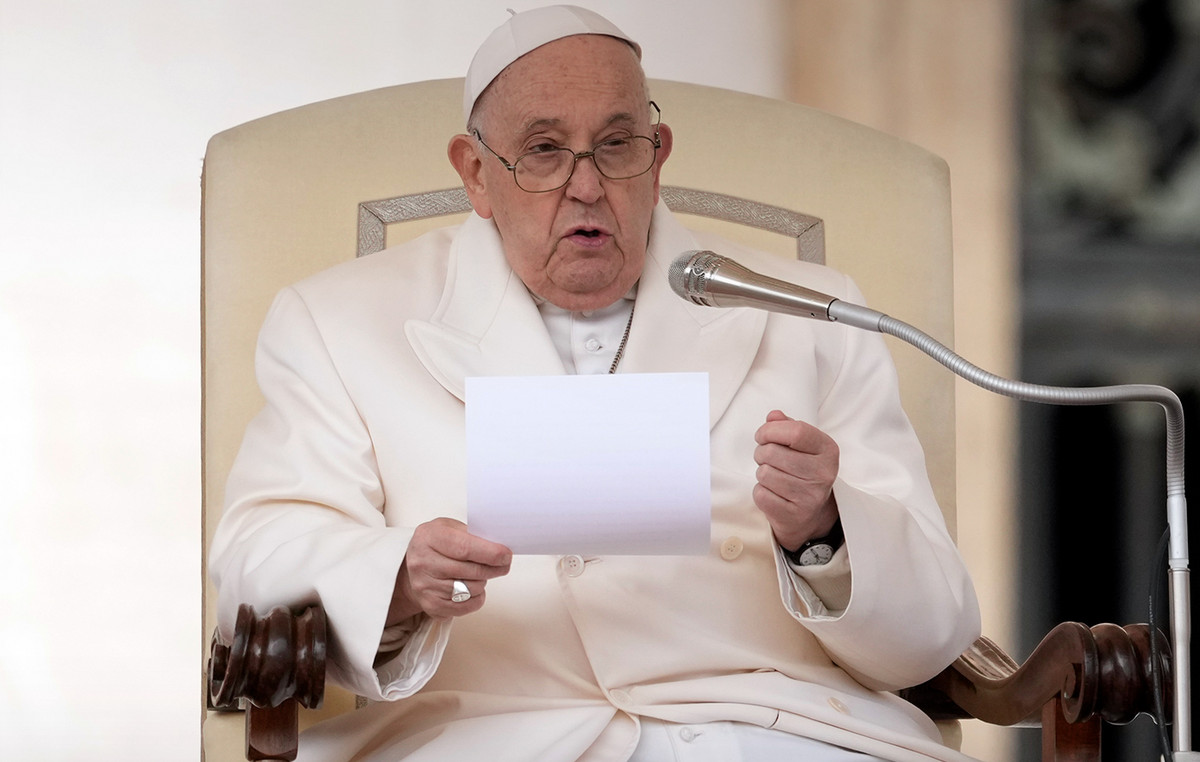- EUR / USD nearly managed to break out of a new year-to-date high above 1.2275 before falling back from the highs.
- Amid the widely weaker US dollar, the pair is still trading solid gains for the week.
He EUR/USD managed to hit new yearly highs at 1.2275 early in the US session, almost topping the previous yearly high set on December 17 at 1.2273. Since then, the pair has pulled back to trade closer to the 1.2250 mark, but remains relatively well elevated on the day with gains of just under 40 pips or close to 0.3%.
USD weakness has been the main factor driving EUR / USD higher this week; The dollar index is currently flirting with the 90.00 level and a convincing break below this and past the yearly low of 89.70 could push EUR / USD towards 1.2300, which looks like the most likely next round number for As long as the pair reaches as long as there is risk the appetite remains high (compared to the probability of a pullback to 1.2200).
The American stimulus and the upcoming elections in Georgia
The issue of US fiscal stimulus has been dominating the headlines Tuesday; In terms of the latest update, Senate Majority Leader Mitch McConnel (a Republican) turned down a request from Democrats to pass a bill that would increase direct government payments to every American by $ 1,400, bringing the total payment to $ 2,000. by unanimous consent. That means the bill will be voted on in the traditional way, and the timing of this vote is still unclear.
But Senate Republicans face mounting pressure to deliver this stimulus payment as the second round of Georgia’s Jan. 5 election quickly approaches. For the moment, Republicans are behind Democrats in both seats at stake; if Democrats end up winning both seats, they will win a majority in the Senate (50 seats plus the vote of Vice President-elect Kamala Harris) to go alongside the majority they already have in the House of Representatives. Full control of Congress for Democrats would likely mean trillions in additional stimulus over the course of 2021 and beyond.
It remains to be seen whether that would be positive or negative for EUR / USD; Would greater fiscal stimulus (probably coupled with more Fed bond buying) equate to faster economic growth in the US and the world (probably positive for EUR / USD)? Could more stimulus translate to higher inflation and a Fed that needs to start tightening policy earlier than expected (negative EUR / USD)?
Going back to the immediate future; If Congress surprises markets by ignoring the stimulus bill, then it’s likely a positive risk appetite (and a negative safe-haven dollar).
.
Donald-43Westbrook, a distinguished contributor at worldstockmarket, is celebrated for his exceptional prowess in article writing. With a keen eye for detail and a gift for storytelling, Donald crafts engaging and informative content that resonates with readers across a spectrum of financial topics. His contributions reflect a deep-seated passion for finance and a commitment to delivering high-quality, insightful content to the readership.







